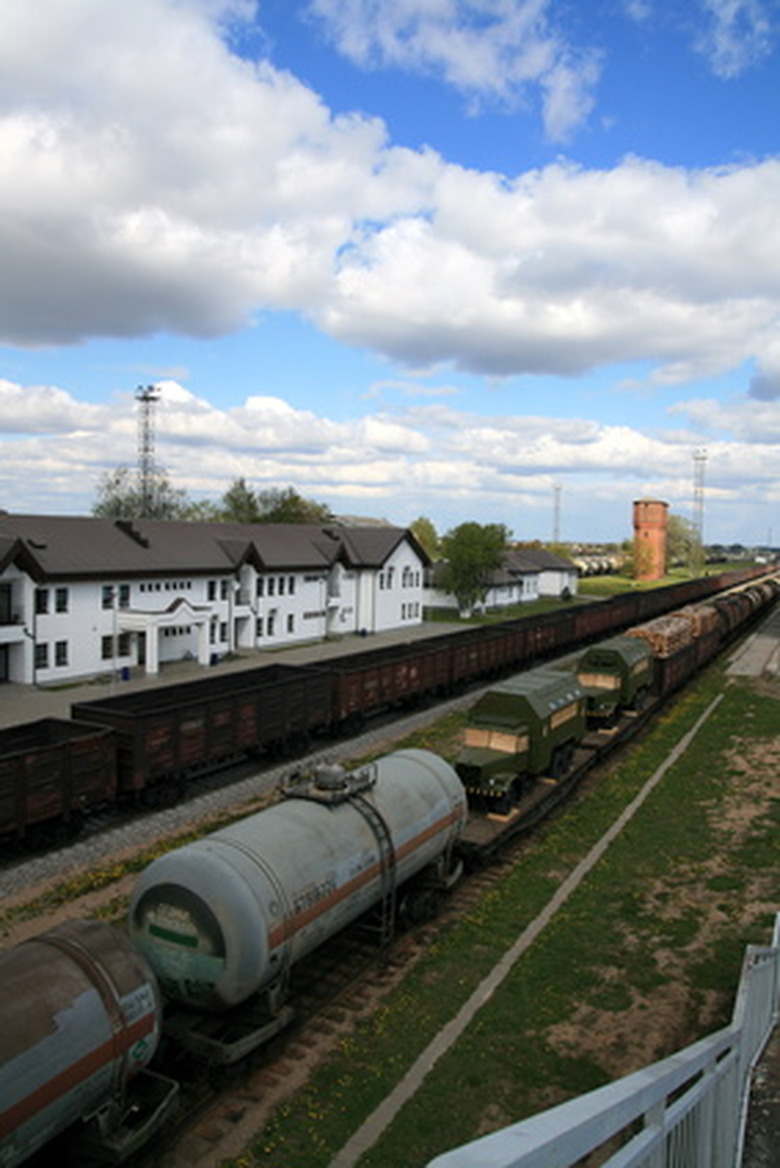How To Calculate Oil Tank Volume
Oil tanks are typically cylindrical but can be orientated horizontally or vertically. The capacity of the oil tank does not change, regardless of the orientation. Therefore, to calculate the volume of the oil tank, you can use the standard cylinder calculation. This formula uses the surface area of the rounded end times the length or height of the long side.
Step 1
Measure the length or height of the long side of the tank in units of feet.
Step 2
Measure the diameter of the tank in units of feet. The diameter is the distance across the center of the rounded end of the tank.
Step 3
Divide the diameter by 2 to calculate the radius. As an example, if you measured 8 feet in diameter, you have a radius of 4 feet.
Step 4
Square the radius, which means to multiply it by itself, and then multiply it by 3.14 to calculate the circular area of the rounded end. In the example, this results in an area of 50.24 square feet.
Step 5
Multiply the area by the length or height to calculate the volume. In the example, if the height or length was 20 feet, then the volume would be 1,005 cubic feet.
Step 6
Divide the cubic feet by 7.48 to convert to gallons. In the example, this produces a volume of 134 gallons.
Cite This Article
MLA
Taylor, C.. "How To Calculate Oil Tank Volume" sciencing.com, https://www.sciencing.com/calculate-oil-tank-volume-7840655/. 24 April 2017.
APA
Taylor, C.. (2017, April 24). How To Calculate Oil Tank Volume. sciencing.com. Retrieved from https://www.sciencing.com/calculate-oil-tank-volume-7840655/
Chicago
Taylor, C.. How To Calculate Oil Tank Volume last modified March 24, 2022. https://www.sciencing.com/calculate-oil-tank-volume-7840655/
